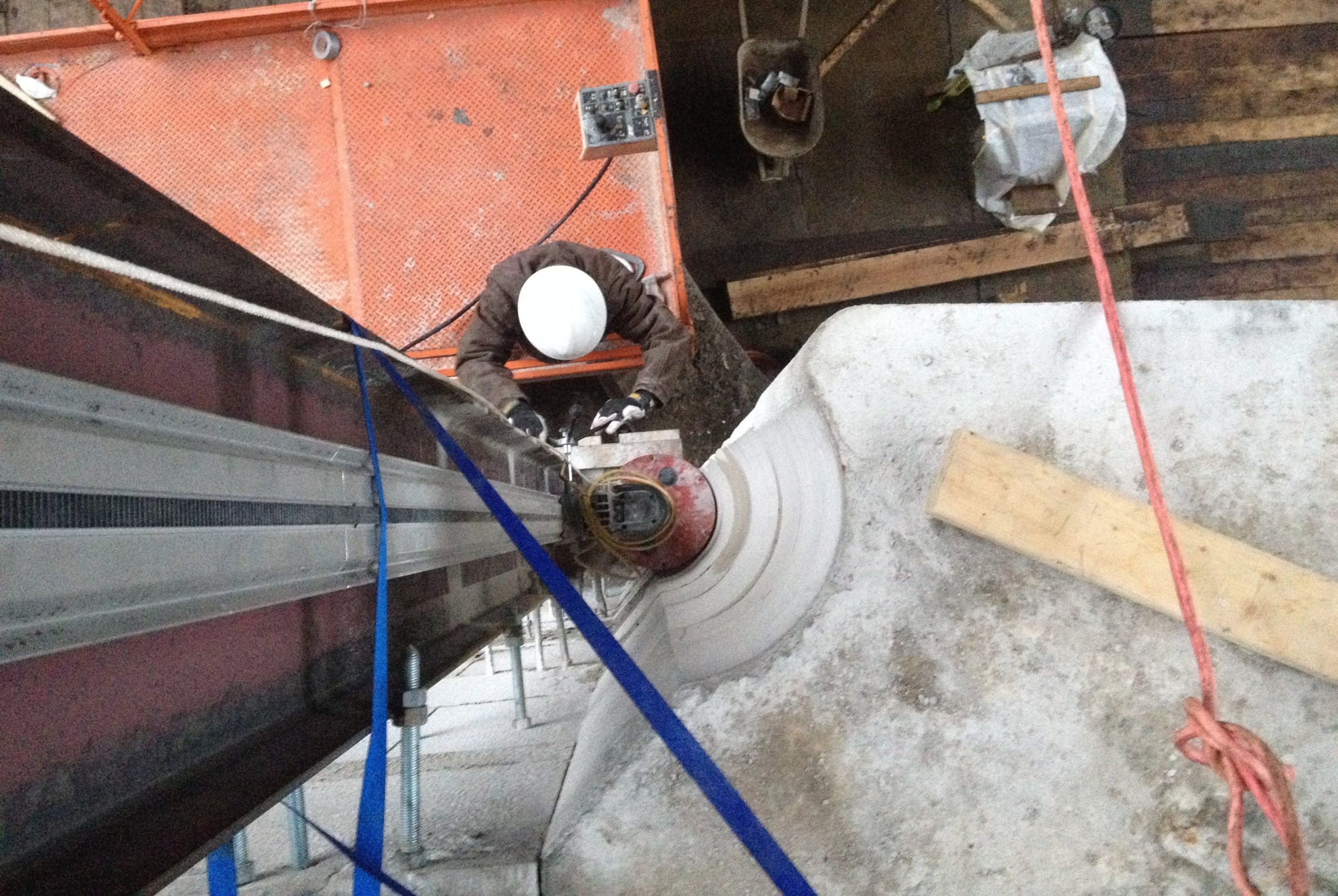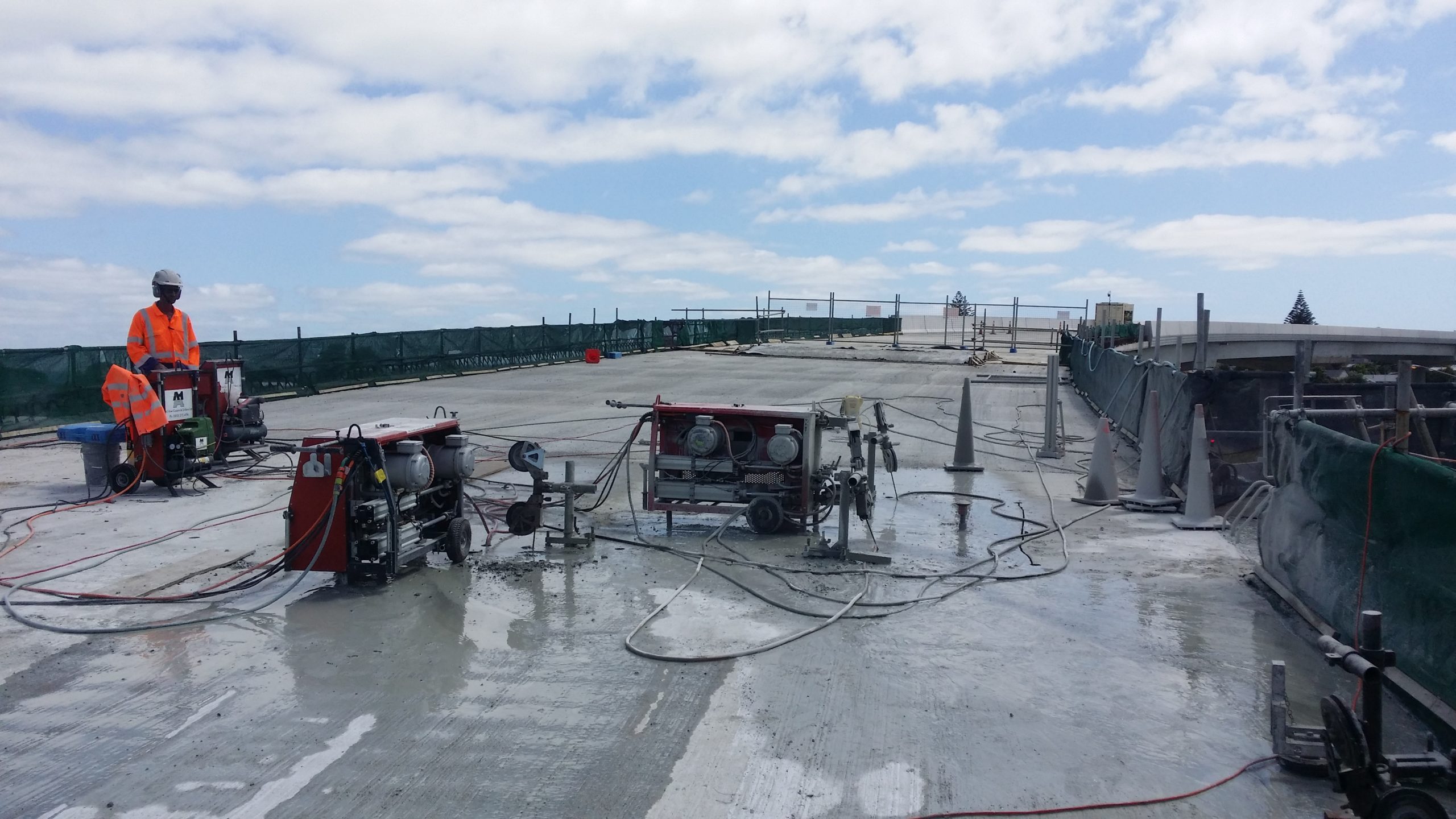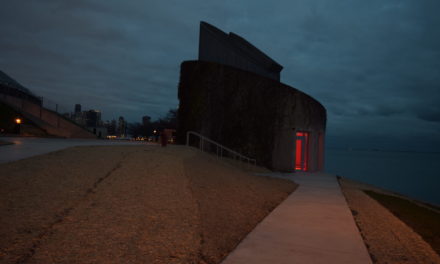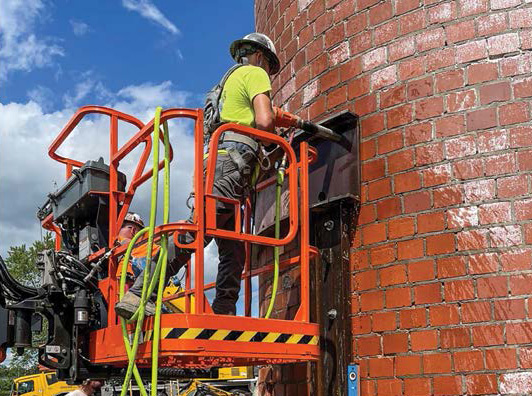
CSDA Contractor Readies West Texas Mountain for 10,000-Year Clock
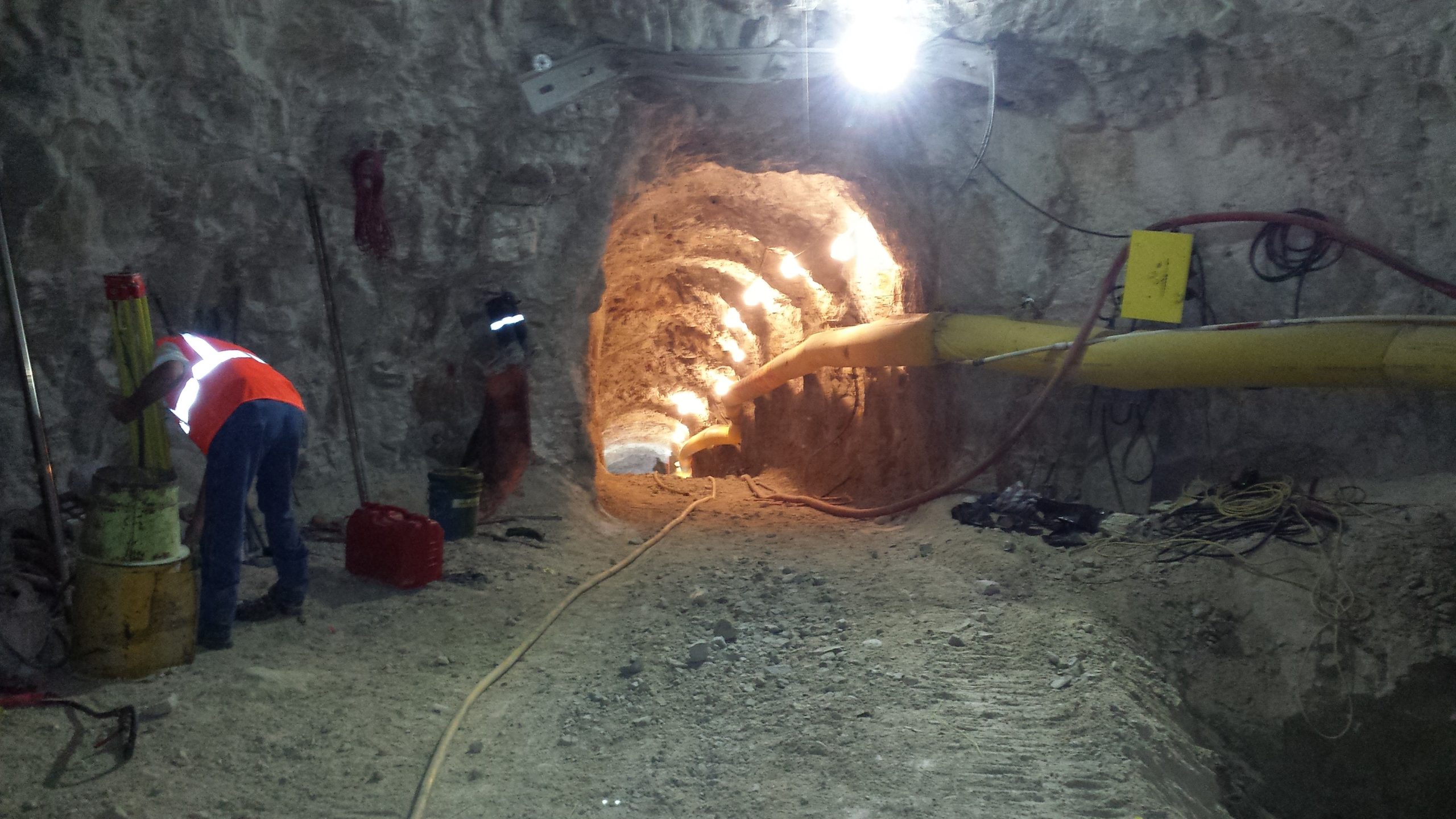

In 1986, computer scientist Danny Hillis came up with the idea to create a clock that would withstand millennia and possibly humanity as we know it – 10,000 years. The clock would tick once a year, the century hand would advance every hundred years and a cuckoo would emerge each millennium. Hillis’s dream of the clock is now being realized with the help of his foundation, The Long Now Foundation, and a hefty $42 million investment by Amazon’s CEO, Jeff Bezos.
The Clock is most commonly referred to as the 10,000- Year Clock or the Clock of the Long Now, and is just the first of what the designers hope will be many multi-millennial clocks constructed around the world and throughout time. The 10,000-Year Clock is meant to encourage us as a civilization to think more long-term and is among other long-term projects by the foundation, such as PanLex, the world’s largest panlingual lexical database. The Long Now Foundation’s mission is to, “[foster] long-term thinking and responsibility through diverse projects aiming to inspire, educate and challenge our concepts of the future.”
Not only is the concept of a mechanical clock running for 10,000 years a monumental undertaking, but so are the proportions. The Clock in the mountain will be roughly 200-feet tall, located beneath a remote limestone mountain in the Sierra Diablo mountain range in West Texas. Inside the tower, you will enter what the designers refer to as a “crude airlock,” with one stainless steel door followed by another. This chamber is meant to keep as much dust and wildlife out of the actual clock tower as possible. Through here, you walk through a tunnel that is a a few hundred feet long, followed by a 500-foot deep vertical shaft that is about 12-feet in diameter.
While the machinery of the clock itself is being assembled in California and Seattle, General Contractor Glen Ragsdale Underground Associates from Angwin, California who was in charge of all underground construction, contracted CSDA member Austin Enterprise of Bakersfield, California to assist in readying its future home. The structure for the Clock was carved directly out of the mountain and required a lot of specialty equipment. To prepare the mountain, Austin Enterprise began by flush cutting the concrete chamber floors to an 18-inch depth with a Diamond Products CC8000 curb cut machine in order to achieve the correct chamber size. Next, an Austin operator used a Longyear 360 hydraulic wall saw to create seating and stairs leading out of the chamber walls. Ralph Ortega, the Project Manager for Austin Enterprise describes, “We alternated by cutting individual steps during the day, and then had another contractor, Glen Ragsdale Underground Associates Inc. in to remove the material at night by smooth wall blasting.” By the end of the flush cutting, they had completed 300-linear feet of cutting in the chamber.
Carved into the main chamber are five room-sized anniversary time capsules. The anniversary chambers are designated for the first, tenth, hundredth, thousandth and ten-thousandth year anniversaries. The one-year anniversary chamber contains a special orrery, or planet tracking display, of our solar system that will play annually on a pre-determined date based on solar noon. The other anniversary capsules are yet to be adorned with anything and the designers plan to leave the future designs to future builders.
In the anniversary capsules, Austin Enterprise used a Meco 4-speed hydraulic core drill to drill five 72” holes in the chamber, one for each capsule. Five 6” holes for gears to run from the chamber’s center to the time capsules were also drilled. In addition, a Diamond Products CB30EXL Electric Hydraulic Pump Unit wall saw was used to create a 6” trench from the chamber’s center to the time capsules. Lastly, Austin Enterprise used diamond disk grinding to expose the natural limestone in the floors. Diamond blades were the best and obvious choice to provide a smooth, finished surface.
Austin faced several challenges in completing this daunting project. The Clock’s location is a grueling pilgrimage through the west Texas desert to a remote mountain near Van Horn, roughly about 1,500-feet above the scrubby desert. Rough terrain and
weather made it difficult for the crew to get their trucks and equipment to the job site, and each trip took anywhere from 45 minutes to an hour to reach the actual site from the jobsite camp. The weather that time of year could be extreme, and the construction started in February, continuing through the punishing summer and concluding in October. However, careful planning from management and the general contractor ensured that trucks and equipment reached the destination successfully each day and that employees remained safe during renovation.
As always, safety was a major concern of everyone onsite. The tedious daily commute through the desert landscape meant everyone involved needed to be sure to protect the natural wildlife, as well as keep themselves safe from any potential dangers. Aside from the desert, the mountain posed its own risks. Once Austin was done sawing and grinding through the chambers, a concern was being able to remove people and equipment through the exits of the extremely confined spaces. Also, because of the confined spaces, water was used to control the dust from the construction. Austin said that they were always acutely aware of their surroundings on this jobsite.
The sawing and drilling of the project was completed on time and regarded as a huge success. Austin Enterprise Project Manager Ralph Ortega stated, “We’re 100% satisfied. We were determined to do this job, overcoming all obstacles throughout the way. Finding solutions to get any job done is what we thrive on and makes us who we are.” Ortega went on to say that he believed Austin Enterprises was chosen for this tough job because of their reputation for being skilled with specialty equipment. CSDA contractors are often selected for difficult and technically challenging jobs such as this one because of their reputation for quality, professionalism and experience.
The Clock will be an incredibly interesting marvel once it is completed, and there is much more to say than has been detailed here. For those interested in keeping up with the progress of the Clock, there is more information at longnow.org, such as the prototypes of the Clock or other Long Now projects, as well as more details and images of the first anniversary orrery. Bezos’s team has created another resource at 10000YearClock.net, with information for the public about the project, a page to send in any suggestions for the tenth anniversary capsule as well as a public sign up page for learning about the eventual visiting opportunities there.


COMPANY PROFILE
Austin Enterprise boasts an impressive 53 employees and 47 truck fleet. They pride themselves in having the best people and equipment to get any job done well and on time. Austin Enterprise specializes in flat sawing, core drilling, hand sawing, wall sawing, wire sawing, bump grinding, loop sawing, saw and seal, crack seal, bridge joint, floor grinding, curb cutting, recess markers and stripes, jackhammer, rock drills and dowel drilling. With 27 years in business, customers can rest assured they are getting quality work with the experience and knowledge behind it. Austin Enterprise has been a proud CSDA member since 2010.
RESOURCES
General Contractor: Swaggart Brothers
CSDA Contractor: Austin Enterprise
Contact: Ralph Ortega
Email: sales@austin-enterprise.com
Tel: 661-589-1001
Methods Used: Core Drilling, Wall Sawing, Floor Grinding











